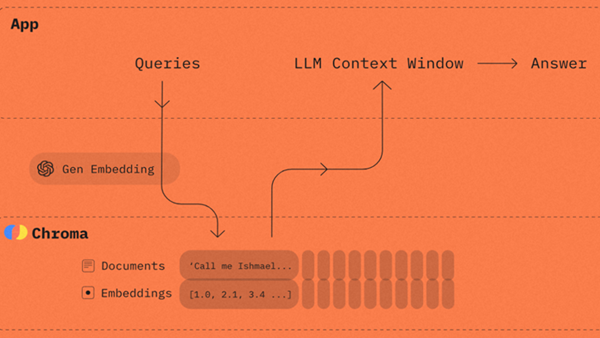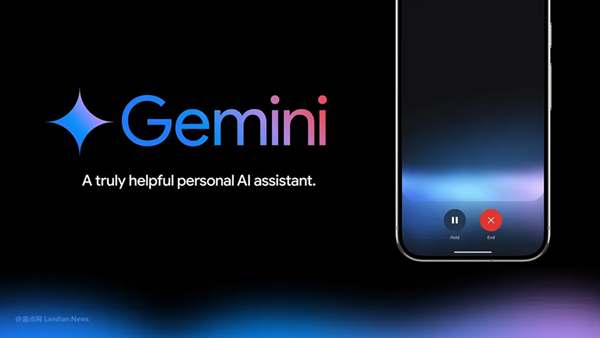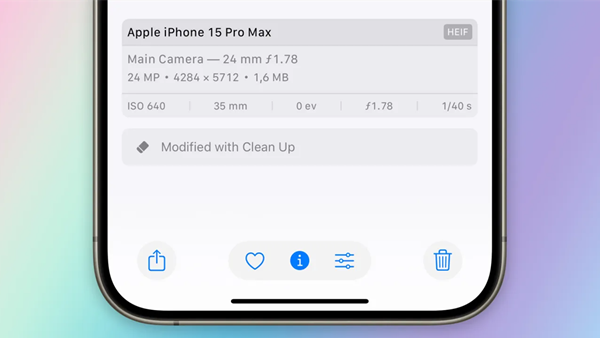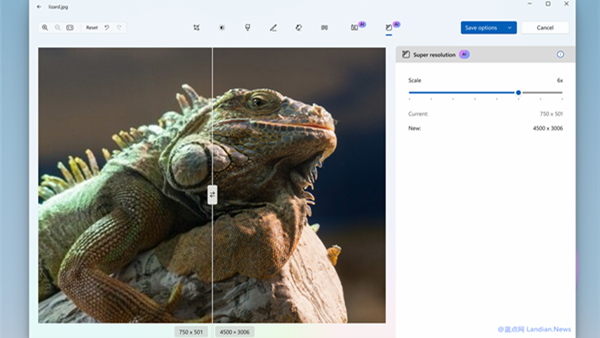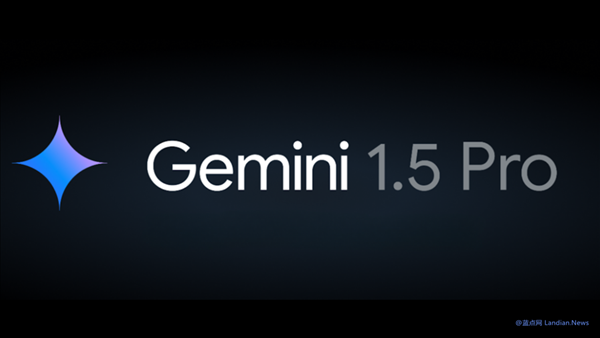OpenAI Begins Rolling Out Advanced Voice Mode to Select ChatGPT Plus Subscribers
At the OpenAI Spring Conference, the company showcased the advanced voice mode for ChatGPT, a real-time interactive voice feature. For instance, users can interrupt the AI while it's speaking to add more content, and the AI can sense humor or sarcasm and respond accordingly.
The most significant difference from the previous ChatGPT voice feature is that earlier, the voice interaction was converted into text content, sent to the AI, and then read aloud by the AI after generating a reply, which increased the latency of interaction.
In contrast, the advanced voice mode does not require conversion (though the conversion process is invisible to users), making the dialogue process very smooth and the interaction latency relatively low. The advanced voice mode also supports multimodal interactions, such as calling on the camera for real-time content recognition.
Currently, only a small number of ChatGPT Plus subscribers have been invited to use this feature. OpenAI plans to gradually expand the availability, with most ChatGPT Plus subscribers expected to have access to the advanced voice mode by the fall.
It's noteworthy that OpenAI has emphasized efforts to enhance the safety and quality of voice conversations since showcasing the advanced voice mode. The feature comes preset with four voice options and includes measures to prevent the imitation of celebrity voices.
The advanced voice mode also incorporates various safety restrictions, such as a safety fence feature that blocks requests for violent or copyrighted content. Even if users attempt to prompt such content, the AI might refuse to produce it.
ChatGPT Plus subscribers should check their email inboxes for an invitation to the advanced voice feature. OpenAI will send an email with details to those who are invited.

